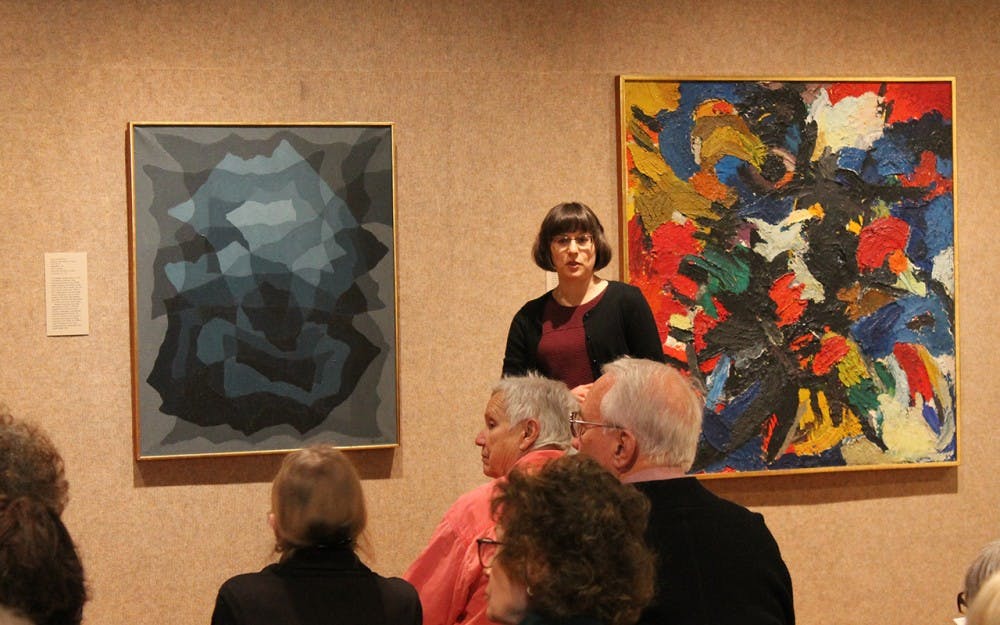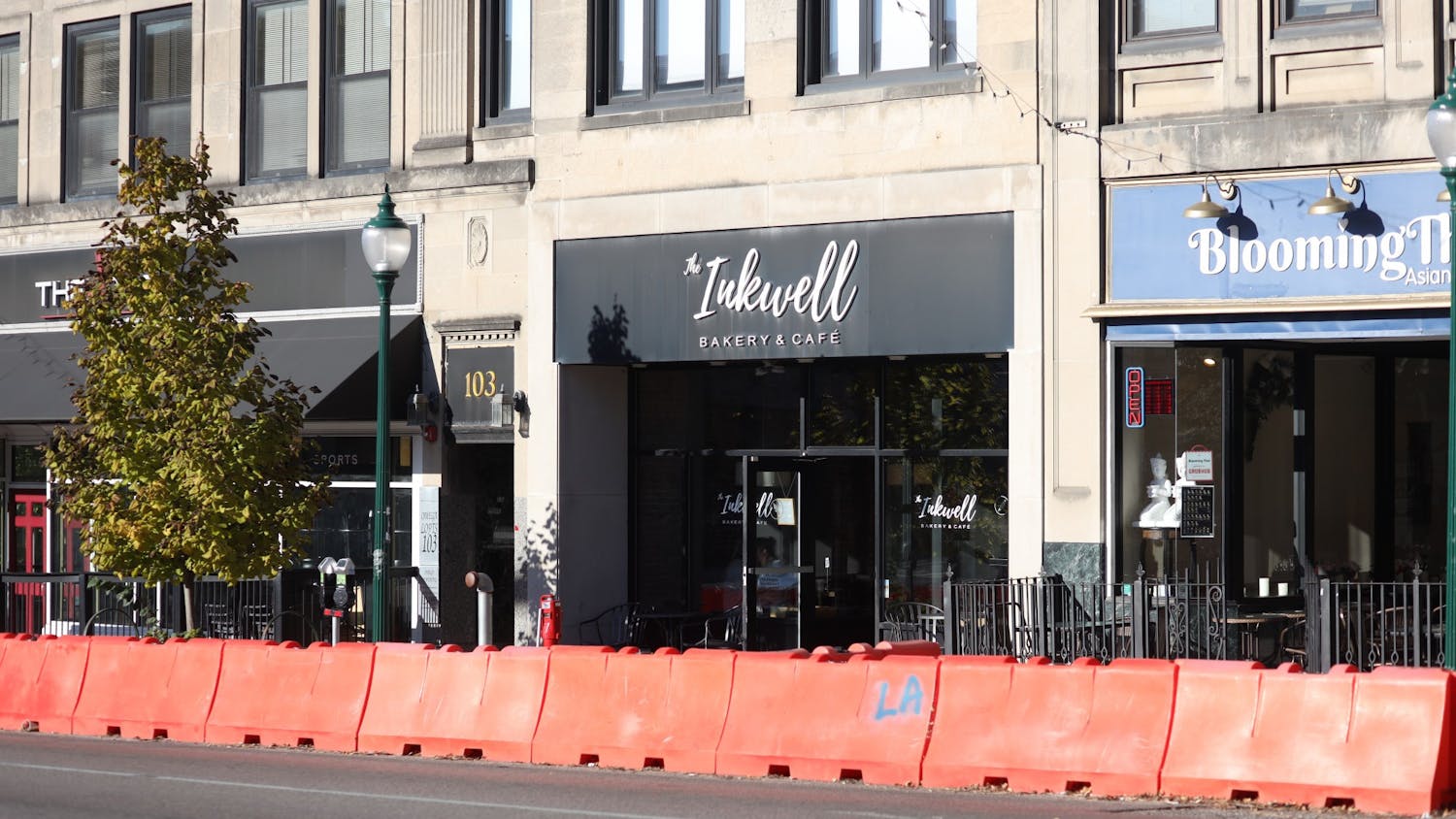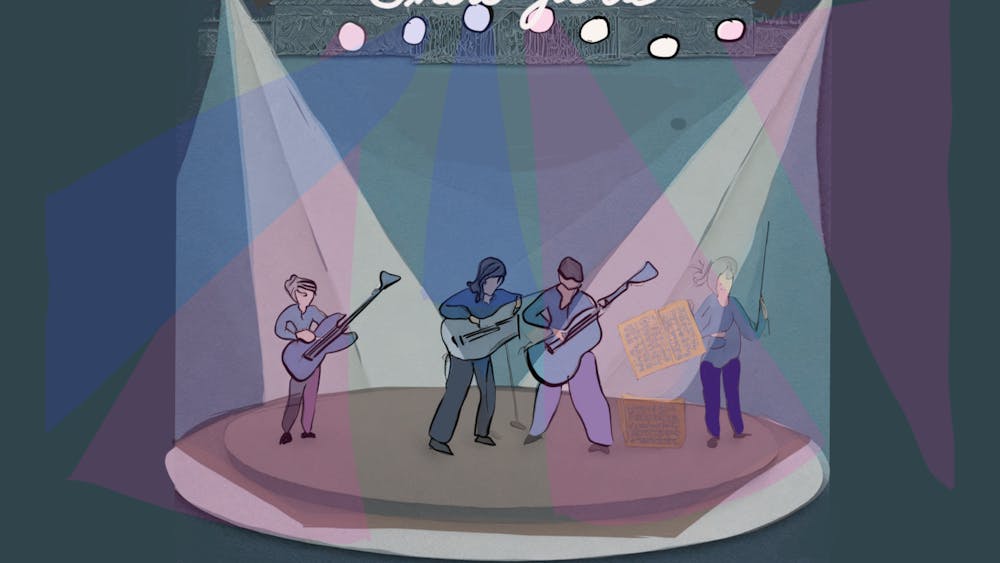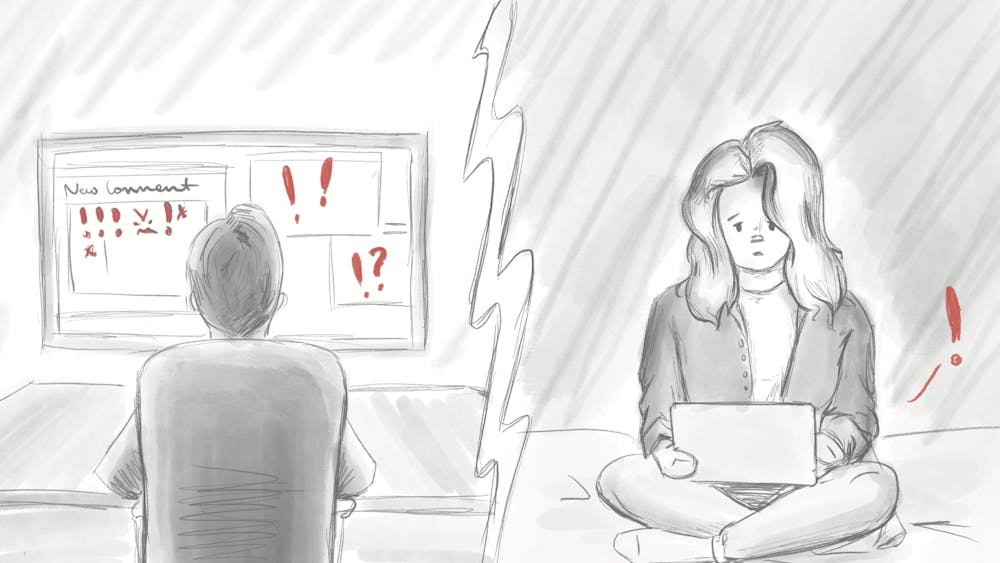The New Frontiers in the Arts and Humanities grant program has invested more than $9.4 million toward IU faculty in the arts and humanities since its creation. One of those grants is now going toward a project involving the 1930s modern art painting “Swing Landscape” by Stuart Davis.
Jennifer McComas, curator of European and American Art at the Eskenazi Museum of Art, recently received a New Frontiers Extraordinary Opportunity grant for the project.
The project includes an in-depth study of “Swing Landscape” and the organization of an exhibit featuring the painting in 2020, which will coincide with the reopening of the renovated art museum. The painting is currently housed at the museum.
McComas has been working at IU since 2004. She said she had been interested in the painting for awhile but did not have the time to pursue the project. She said “Swing Landscape” is often mentioned as one of the most influential 20th-century works.
“It’s a great work of modern art,” McComas said. “It’s fascinating history, putting it back into its historic and artistic context.”
After working through the grant process, McComas said she heard she had received a New Frontiers Extraordinary Opportunity grant from IU in late November.
McComas said she was thrilled by the news.
“It’s a huge honor, and it shows IU really cares about the arts,” McComas said.
McComas said her work has involved lots of background research into the painting. This includes physical examination of the painting, reading secondary literature about the work and looking through archives.
Because the painting was commissioned as part of the Works Progress Administration in the 1930s, she said she was able to look through historical archives and government records to find information about the painting.
In addition to further research about the piece itself, McComas said she will have to spend the next few years planning the exhibit, and begin requesting loans of work from other museums to place on display.
Since its creation in 2004, IU’s New Frontiers in the Arts and Humanities has provided grants to more than 450 different IU faculty members.
The program first came to IU as a 5-year grant from the Lilly Endowment. It was renewed by President Michael McRobbie for another five years in 2014.
Faith Kirkham Hawkins is the associate vice president of Research Development and Strategic Initiatives and the program director of the New Frontiers in the Arts and Humanities. Hawkins said part of her job is to supervise and administer all internal grant programs that are multi-campus, which includes the New Frontiers in the Arts and Humanities program.
“New Frontiers and Lilly’s priority is a way of saying a great university is not just great in the sciences and the professional schools,” Hawkins said. “It is also great in the arts and humanities. That’s what makes it a great university.”
There are various types of New Frontiers grants. Hawkins said they want flexibility in the types of grants they offer to provide opportunities for as many faculty members as possible. The grant awarded to McComas was the Extraordinary Opportunity grant. Hawkins said these grants must meet certain criteria.
“Just having the timing be unique is necessary but not sufficient,” Hawkins said. “You have to be doing something that really goes above and beyond the typical project.”
Hawkins said these grants are typically reserved for projects that do not fit the timeline for a standard grant and are of an interesting nature, and the project needs to show higher promise and prove to be a rare opportunity.
“Professor McComas’ project, both on the timing factor and on the scale and impact of this exhibit, both for the University and for arts studies more generally, is really extraordinary,” Hawkins said.
Hawkins said the average award amount for the Extraordinary Opportunity grant is usually around $100,000.
The New Frontiers grant program will be up for renewal in 2020. McComas said she hopes the accomplishments of the faculty awarded the grants and distinctiveness of the program will lead to its being renewed by McRobbie.
“I don’t think there’s any other university in the country that invests in this way,” McComas said.
McComas said the program is critical for retaining faculty in the arts and humanities because it makes them feel supported by the University.
“The level of investment has, in that sense, deeply enriched both the life of the University and lives of our students and our faculty,” McComas said.






